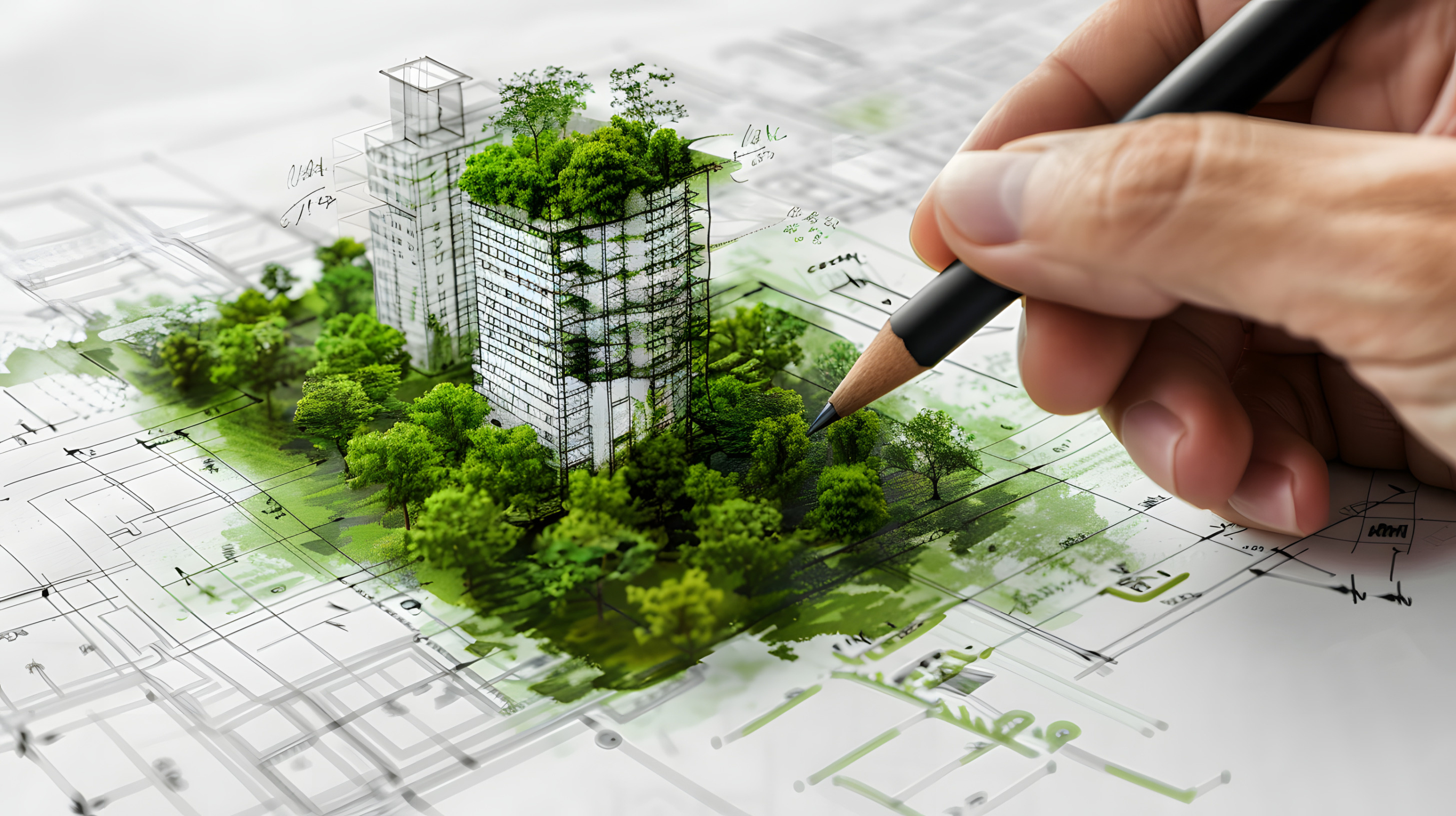Stephen Magee, delivery & design technology director at HLW on why nailing the basics while driving innovation is essential to stay ahead of the game in architectural practice.
The world of architectural design technology is a complicated one. To make matters worse, this is a field which is rapidly evolving as new technology comes to the market – and its evolution will only continue to accelerate moving forward. For architects, the challenge isn’t just about keeping up – it’s about knowing when to embrace innovation and when to stick with tried-and-tested methods. But how can we know when to do this?
Let’s take a step back. We know that when used wisely, technology can boost creativity, solve problems, and improve efficiency – benefiting designers, clients and projects alike.
The key is choosing the right tool for the right job based on the scale and complexity of the task. Sometimes, a quick back-of-a-napkin sketch is all you need to get an idea across. In other situations, you might need to update the BIM model and share a drawing.
And like any form of communication, you need to adapt to your audience: what feels cutting-edge to one person might be business as usual for another. For architects and designers, technology doesn’t just impact the design team – it can shape the entire practice as well. The tools and insights developed often spill over into other areas of the firm, from marketing to HR and beyond, helping the entire business operate more effectively. Businesses are becoming increasingly data-driven, leading to greater use of platforms like chatbots and dashboards for data visualisation and interaction.
The definition of “standard practice” is also continually evolving – what was once innovative can become an industry norm. Tools such as virtual reality and AI image generation are now widely adopted; even the use of BIM authoring software took many years to be common practice.
Thinking about technology in this way, we can begin to see how it be used as a way to solve problems before clients even know they exist. For example, tools like BIM, reality capture, and real-time rendering don’t just help us tackle current challenges – they create demand for new services that shape the future of our work. By demonstrating the value of these tools, we can help clients make faster, smarter decisions with less risk. Whether it’s sustainability metrics like embodied carbon and Life Cycle Assessments or data on wellness and human health, giving clients access to this information helps them align their projects with their broader goals – whether those are ESG-focused, operational, or otherwise.
The integration of advanced technologies therefore benefits both designers and clients, streamlining processes and improving project outcomes. Project Information Management platforms, for instance, can simplify workflows, cut down project timelines, and minimise risk – all while maintaining the quality clients expect. The ability to quickly develop and roll out custom solutions means we can tailor an approach to each project, delivering results that are efficient, cost-effective, and high-quality.
Of course, not every project calls for groundbreaking innovation. Some projects thrive on pushing boundaries, while others benefit from the stability of proven methods supported by the latest tech. Today, smartphones with LiDAR capabilities are being used to streamline initial site surveys, cloud hosted information is enhancing collaboration, and computational tools are accelerating the transformation of ideas into reality.
To recognise these differences, strong leadership is crucial. Having such informed assurances means architects can allocate resources wisely and set clear goals to maximise value in every situation.
There are of course still more challenges when it comes to embracing – and furthering – innovation at both a conceptual and practical level. To help address them we’ve joined the Innovation Design Consortium to collaborate with like-minded firms. By working together, we can develop new solutions that address shared challenges and drive the industry forward as a whole.
At HLW, we believe the future of design lies in balancing the fundamentals with smart, strategic innovation. By guiding clients through the complexities of modern design and introducing them to cutting-edge solutions, we’re not just shaping the future of our firm – we’re helping to shape the future of the industry. And there’s no reason other practices can’t do the same.
















